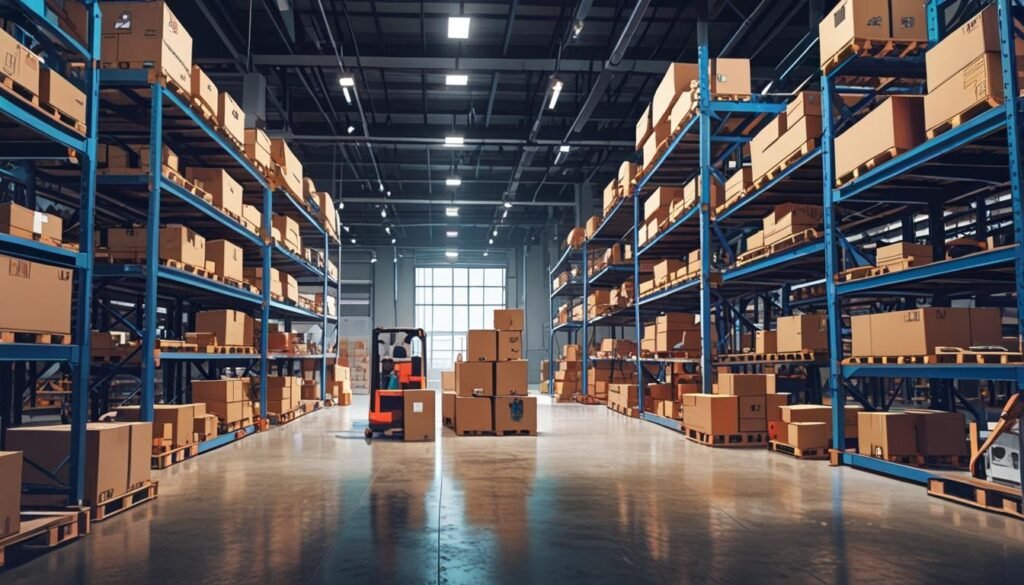**London**: This article explores the evolution of supply chains from their wartime origins to today’s complex systems, particularly focusing on the emerging Control Tower logistics model, highlighting the importance of real-time data in enhancing efficiency and responsiveness across various industries.
Supply chains serve as an essential foundation for business operations, directly influencing economic stability by ensuring a continuous flow of goods, including essentials like food, clothing, and construction materials. Historically, supply chains emerged during the Second World War, designed to facilitate the delivery of supplies and armaments to military personnel. Following the war, significant advancements ranged from the introduction of shipping containers to enhancements in transportation methods such as railways, trucks, and boats, significantly improving efficiency across the board.
During the latter half of the 20th century, particularly the 1980s and 1990s, globalisation accelerated the evolution of supply chains. Technological innovations streamlined international trade, making the phrase “supply chain” commonplace as factories emerged in Asia, creating a highly competitive global market. Trade agreements during the 1990s further established a web of production and distribution that has continued to adapt with advances in technology into the 21st century.
A recent focus in supply chain management is on the implementation of Control Tower logistics, a system designed to enhance efficiency and responsiveness. As described in an article from Supply Chain Game Changer, Control Towers utilise personalised data and business metrics to address potential issues swiftly, allowing companies to prioritise their challenges based on urgency and severity. This system offers end-to-end visibility, which is vital as even smaller supply chains can involve a large flow of data and numerous stakeholders.
Real-time insights generated through a Control Tower facilitate a comprehensive understanding of varying tasks and events across both upstream and downstream activities, encompassing material acquisition and final goods distribution. The shared data within these networks promote collaboration, vital for effective information sharing and performance improvements.
Certain sectors, such as chemical transport, particularly benefit from the Control Tower approach due to their complex and sensitive nature. These supply chains often require meticulous adherence to safety regulations and extensive documentation, underscoring the need for precise monitoring and management. Complex supply chains are typically characterised by their multi-continental scope, a range of activities, or fluctuating customer demands, all necessitating a steady flow of accurate information regarding order status and partner performance.
Businesses looking to implement Control Towers have two primary options: they can either set them up internally or outsource them. This choice hinges on the individual business’s circumstances and capabilities. Effective implementation requires skilled staff familiar with logistics, operational improvements, and technological proficiency. Companies must assess whether their internal resources can support such a system or if outsourcing would provide a more advantageous solution, particularly in light of potential workload fluctuations.
Overall, the sophistication required for effective supply chain management is underscored by these developments, reflecting a landscape where dynamic solutions are crucial for maintaining efficiency and adaptability.
Source: Noah Wire Services





